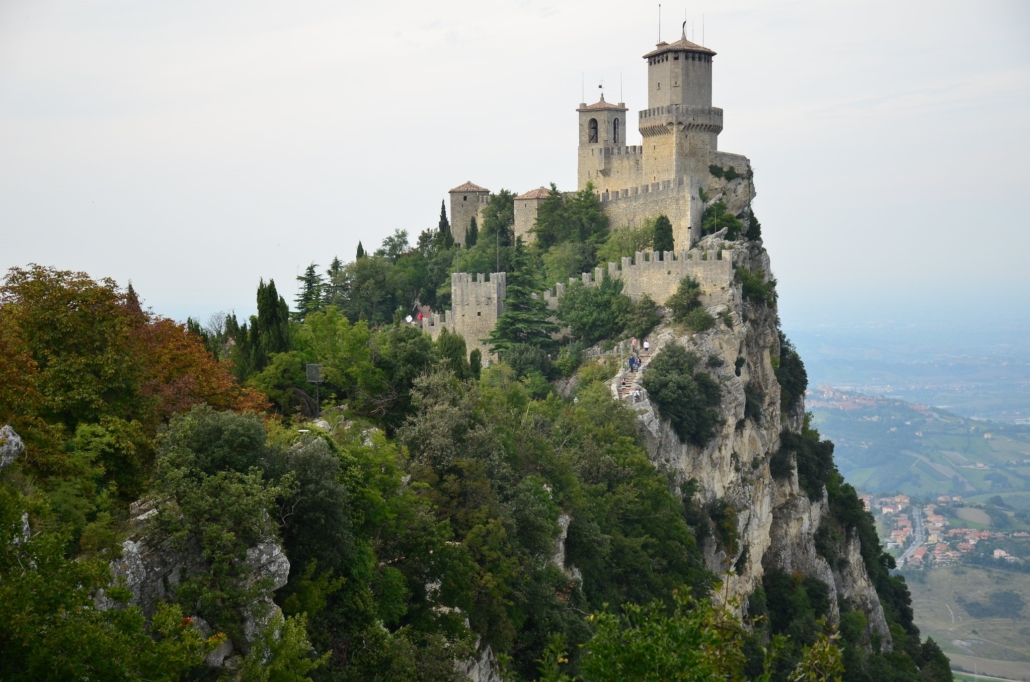Top 10 Facts About Living Conditions in San Marino

In the northeastern part of the Italian Peninsula lies San Marino, one of the world’s tiny micro states surrounded entirely by the country of Italy. Its modern form has shaped since 1463 and the country has maintained its autonomy until today. In fact, it is the world’s oldest republic. Here are the top 10 facts about living conditions in San Marino.
Top 10 Facts About Living Conditions in San Marino
- Population: As of 2019, there are 33,683 people living in San Marino. It has the fifth smallest population on Earth. Roughly 15 percent of the population are migrants and 53 percent are individuals within the working ages of 18 to 65. The nation’s official language is Italian. The poverty rate of the country is very low, so the country does not officially measure it.
- Education: Education is compulsory until the age of 14 and attendance is free. Almost the entire population has completed secondary school as the country has a 91 percent completion rate. Over 10 percent of government spending goes towards education. Citizens of San Marino mostly pursue college degrees in surrounding Italy or abroad.
- Economy: Economic output relies heavily on finance and manufacturing. The banking sector accounts for more than half of the country’s GDP at roughly 60 percent. Corporate taxes are low in comparison to the EU and the standard of living is high.
- Health Care: Life expectancy in San Marino is 83.4 years old. Health care is not free, but a universal system exists parallel to a private system. The Azienda Sanitaria Locale insurance fund provides the government system. There are six physicians for every 1,000 inhabitants as of 2014. Child mortality is extremely low with only one death in 2018.
- Government System: San Marino has nine municipalities and the country is a parliamentary, representative, democratic republic. The legislation is within two chambers and there are two captain regents as heads of state. The country directs foreign policy mostly towards aligning with the EU. Therefore foreign aid policy is similar to that in the European Union.
- Social Security: There is social insurance for the elderly and the disabled. Furthermore, there are survivorship benefits for the unemployed and the widowed even though the unemployment rate has reduced in the past years.
- Communications: As access to information can make a big difference in human development, an important aspect of the top 10 facts about living conditions in San Marino is the country’s access to this right. Its living standards reflect this. More than half of the population are active internet users and broadband is widely available. There are 38,000 cellphone subscriptions active today which is more than the entire population.
- Labor Conditions: The law forbids workplace discrimination for any reason. The state guarantees contracts and the minimum wage is 9.74 euros per hour. In general, labor conditions are safe with an eight-hour working day in guaranteed humane conditions. Meanwhile, as of 2018, the unemployment rate was only eight percent.
- NGOs in San Marino: There are no specific NGO projects in San Marino, but a number of NGOs do exist from time to time specially aiding in education and training as well as health. For instance, the British organization, Hope is Kindled, was present in 2006 with a project to advance health through medical and technological research.
- The Serene Republic: As a small enclave, San Marino does not have large natural reserves within its territory. Nonetheless, it shares the geography of surrounding Italy which is slightly mountainous and mild. It imports most of its resources and food. To be able to keep its stable political and social system while being dependant on other countries, it must be in good terms with its neighbors and the international community.
These top 10 facts about living conditions in San Marino demonstrate why this small nation has been able to maintain such serenity for more than six centuries. As a result, it has been able to ensure its citizen’s freedom and security in all aspects.
– Diego Vallejo Riofrio
Photo: Flickr
